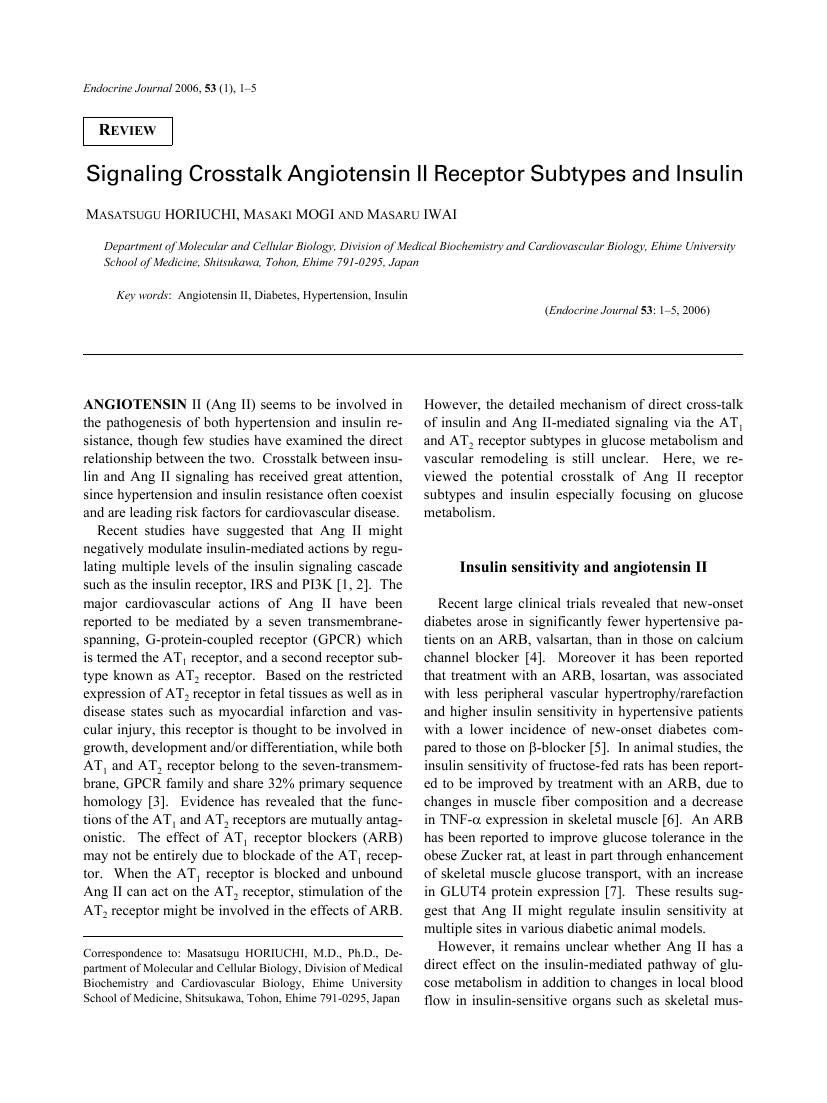- 著者
- Kensuke Toyama Michiya Igase Joshua M. Spin Yasunori Abe Amarsanaa Javkhlant Yoko Okada Markus U. Wagenhäuser Hubert Schelzig Philip S. Tsao Masaki Mogi
- 出版者
- The Japanese Circulation Society
- 雑誌
- Circulation Reports (ISSN:24340790)
- 巻号頁・発行日
- vol.3, no.3, pp.170-177, 2021-03-10 (Released:2021-03-10)
- 参考文献数
- 23
- 被引用文献数
- 4
Background:Tight junction (TJ) disruption and dysfunction are involved in the progression of arteriosclerosis. miR-501-3p regulates endothelial TJ protein-1, resulting in TJ disruption. Because exosomal microRNAs can travel to distant tissues and influence cell behavior, patients with elevated miR-501-3p may experience accelerated vascular disease progression secondary to miR-501-3p-induced reductions in TJ. This study investigated whether plasma exosome miR-501-3p levels are associated with vascular stiffness, an indicator for arteriosclerotic changes.Methods and Results:Fifty-one subjects (mean [±SD] age 70±8 years, 37% male) enrolled in a medical checkup program were recruited to the study. Brachial-ankle arterial pulse wave velocity (baPWV) and plasma exosome miR-501-3p expression were measured. Patients were divided into 2 groups depending on whether their miR-501-3p ∆Ctvalues were above (“High”; n=24) or below (“Low”; n=27) the cut-off levels determined by receiver operating characteristic (ROC) curve analysis. Median (interquartile range) baPWV levels were significantly higher in the miR-501-3p High than Low group (1,664 [1,496–1,859] vs. 1,450 [1,353–1,686] cm/s, respectively; P<0.05). Multivariate logistic regression analysis showed a significant association between increased baPWV and High miR-501-3p expression (odds ratio 4.66). At follow-up visits (mean 62 months later), baPWV remained significantly higher in the miR-501-3p High than Low group (1,830 [1,624–2,056] vs. 1,620 [1,377–1,816] cm/s, respectively; P<0.05).Conclusions:High expression levels of exosome miR-501-3p contribute to arteriosclerotic changes.
- 著者
- Masatsugu HORIUCHI Masaki MOGI Masaru IWAI
- 出版者
- The Japan Endocrine Society
- 雑誌
- Endocrine Journal (ISSN:09188959)
- 巻号頁・発行日
- vol.53, no.1, pp.1-5, 2006 (Released:2006-03-15)
- 参考文献数
- 24
- 被引用文献数
- 20 23
